Yayasan Sime Darby Annual Report 2025

Celebrating Communities
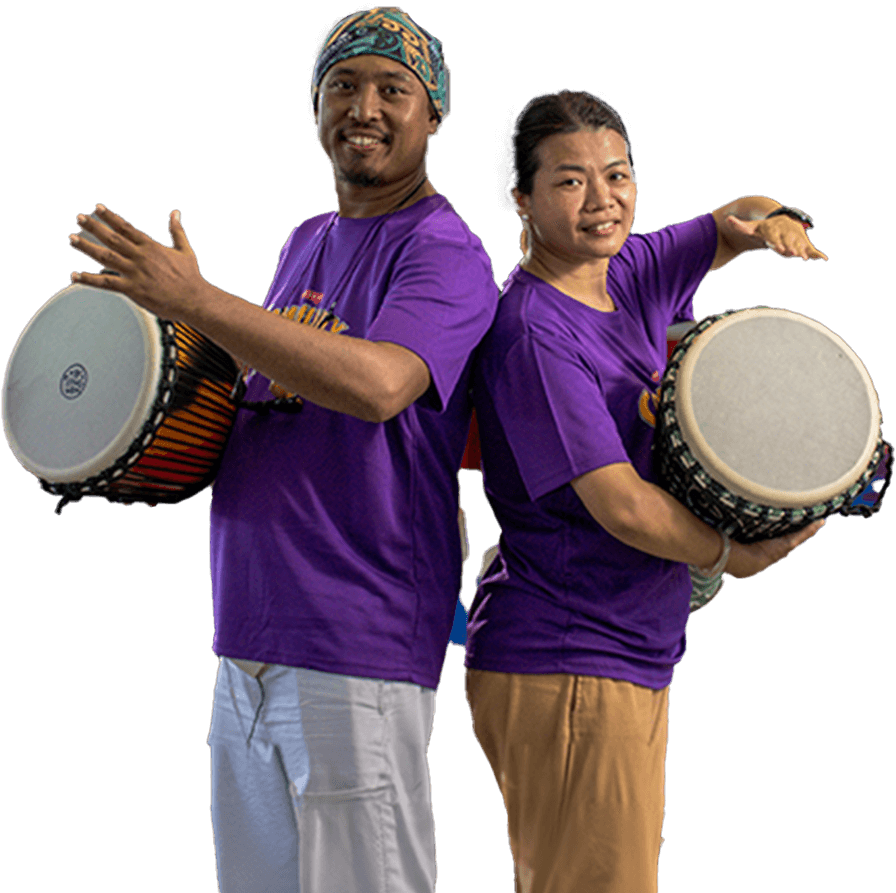
Arts-ED (JOH): digital portal
250
educators trained; classroom and community use
KLSP reach
4 folktales, 16 sessions
New cycle ≥ 16,000 students
15,315 students and teachers across 185 schools
Classroom follow-ups provided
YSDAF
17,947
participants
196
acts/activities
75
ambassadors
82
volunteers
2,813
job opportunities
9
locations
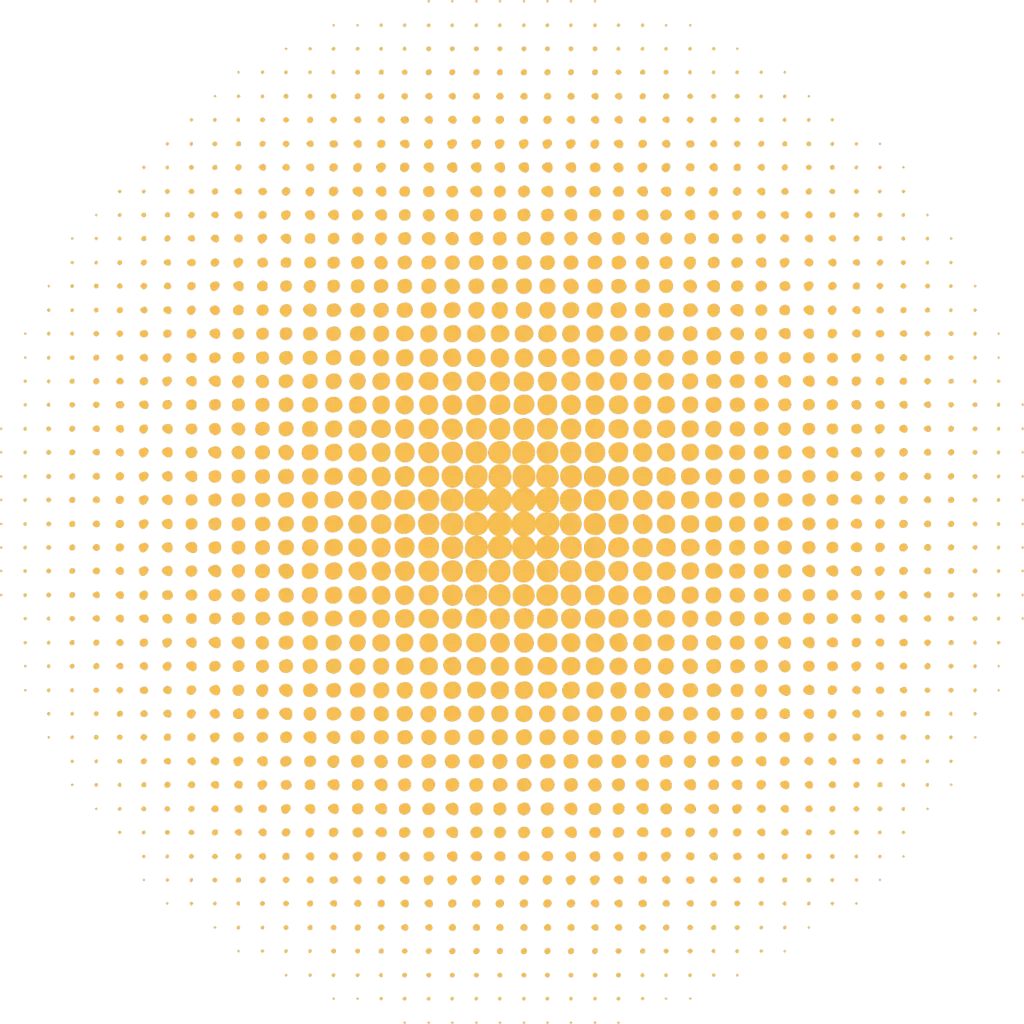
Culture That Connects
Celebrating Local Identity and Strengthening Unity
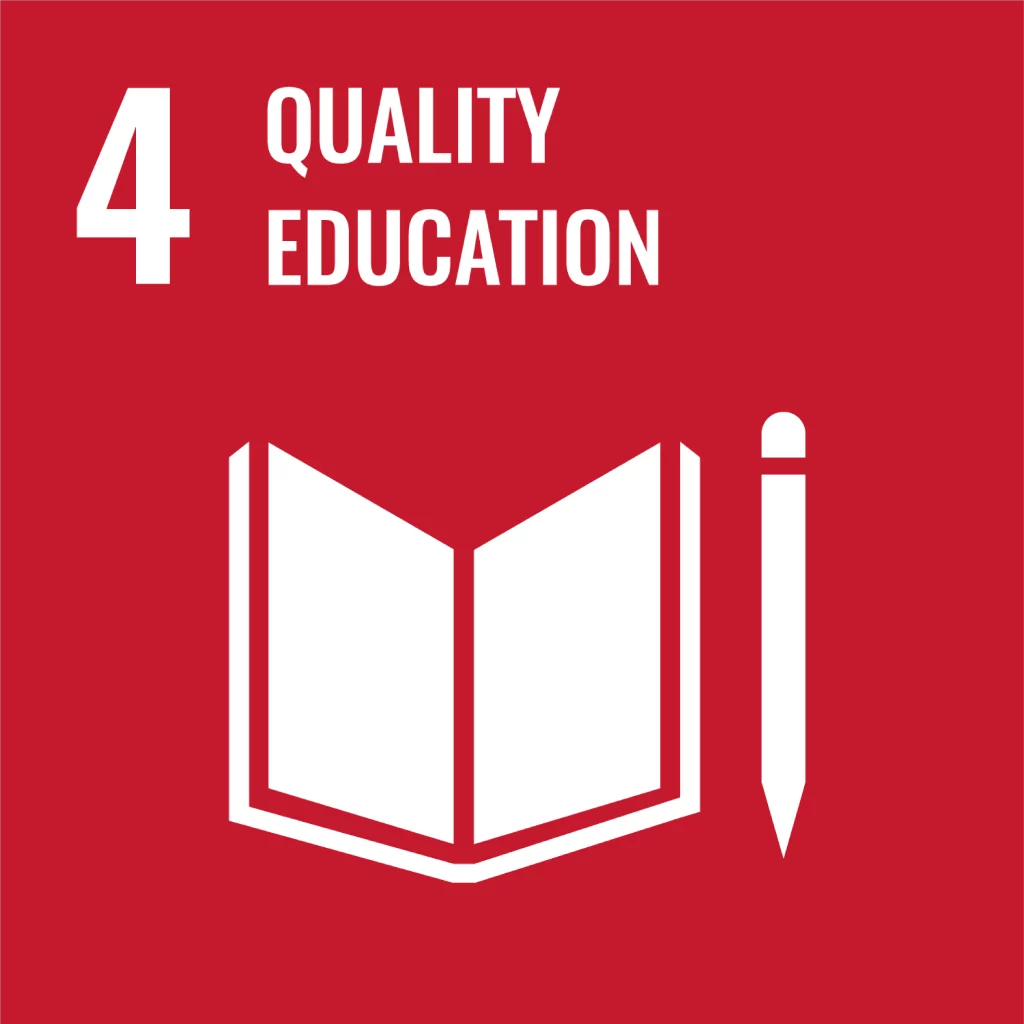

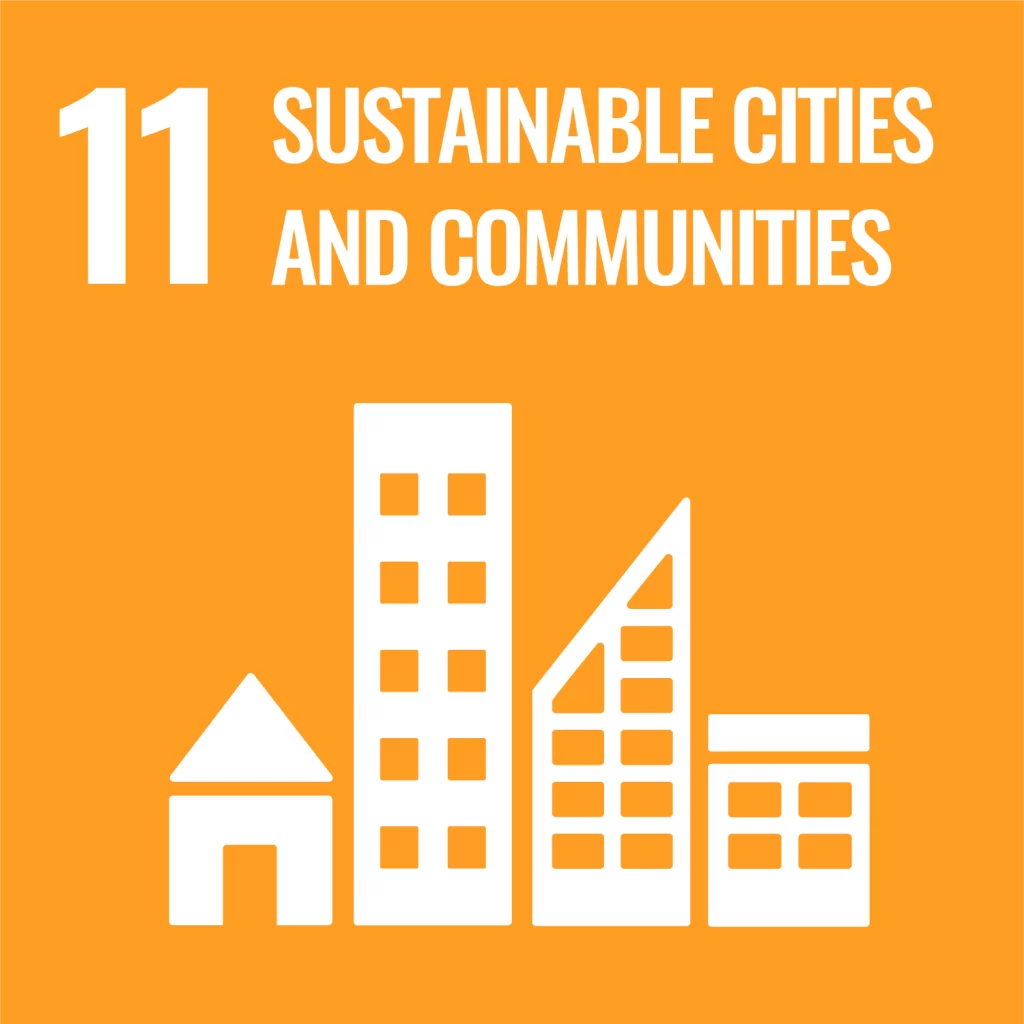

A decade after the first Yayasan Sime Darby Arts Festival (YSDAF), the festival is still doing what it set out to do: bring the arts to where people live. “We are bringing it to the community —directly—so more people who are new to the arts can experience it,” says Co-Festival Director Ang Yue May. With free admission, access-trained crews (Disability Equality Training and Disability-Related Services Training), and interactive, hands-on and multi-sensory workshops, YSDAF is designed to be inclusive and free for all. In 2025, YSDAF visited ten locations with 17,947 participants, 196 acts and activities, engaged 157 volunteers in kampung sites, and facilitated 2,813 job opportunities for local vendors and performers. The Kampung Tour drew 2,087 across seven locations; the Urban Tour reached 15,860 participants at KL East Mall, Kuala Lumpur, PARC Subang Jaya, Selangor and Elmina Lake Side Mall in Selangor.
In Arts-ED’s Journey of Harmony (JOH), YSD supported a Community-Based Learning Action Portal that turns local heritage into repeatable learning for schools and communities. JOH exists to connect classrooms with community practitioners, turning local heritage into skills pupils can use. Students are inspired to take up the arts themselves, helping ensure they do not die out. “We hope bold educators join us in this journey of doing community-based learning, connecting our schools and our communities”, says Arts-ED Senior Programme Officer, Ooi Win Wen. To date, 250 educators have been trained as community-based learning ambassadors and participating schools are embedding these methods in regular programmes.ambassadors and participating schools are embedding these methods in regular programmes.
Access to the arts remains a challenge for many schoolchildren, especially outside city centres. KL Shakespeare Players (KLSP) brings interactive folktales to classrooms so children can experience live performance where they learn. “Out of 160 kids, only one has seen a live production outside of school,” says Soon Heng of KL Shakespeare Players (KLSP). The pandemic widened these gaps, yet it also opened new pathways for connection. Earlier cycles reached 15,315 students and teachers in 185 public primary schools. In the current cycle, they are developing four folktales and running 16 live online sessions with classroom follow-ups, aiming to reach at least 16,000 students nationwide.
What makes these efforts meaningful is their sustainability. YSDAF shows strong public appetite for inclusive arts, with many first-time attendees returning as volunteers, vendors and performers. The JOH portal helps schools and communities keep heritage knowledge alive and share it widely. KLSP ensures young learners who may never have visited a theatre still experience the arts in meaningful ways. “At a time when there are many things that divide us, the arts is one of the things that can bring people together,” says Soon Heng. Together, these initiatives build social cohesion while celebrating local identity.
Kelab YSD-Kakiseni Junior
Cultivating Young Creatives in Malaysian Schools




Across 45 schools in all states of Malaysia, classrooms are being transformed through Kelab YSD-Kakiseni Junior, a partnership between Yayasan Sime Darby and Persatuan Kakiseni. Here, children discover traditional arts, build confidence, and find their voices through hands-on creative experiences that go far beyond textbooks.
In SK Machang 1, Kelantan, teacher Nik Mohd Fadley recalls a shy student who blossomed once given the chance to join music and dance activities. “She suddenly stood out with strong expression and unexpected confidence,” he shares. Stories like this are echoed nationwide—whether it is 12-year-old Afrel Aiman from Negeri Sembilan gaining confidence on stage, or 12-year-old Qisya Adelea from Labuan, Sabah finding her voice through dance. For Qisya, who had never joined structured arts activities before, the club became a space to grow – demonstrating how the arts can unlock confidence and new possibilities for students across Malaysia.
These personal milestones are complemented by school-wide successes—such as SK Sungai Dua in Pulau Pinang winning Best Actress and Best Script at a state-level theatre competition, and SJK(C) Min Sin in Perak sweeping the top three prizes in a creative arts challenge.
Malaysia’s education system has long prioritised STEM subjects, often leaving arts education underserved, especially in B40 communities. Recognising this, Her Majesty Raja Zarith Sofiah Binti Almarhum Sultan Idris Shah, Queen of Malaysia, has called for greater exposure to the arts for secondary school students as a way to steer them away from social ills and unlock hidden potential.


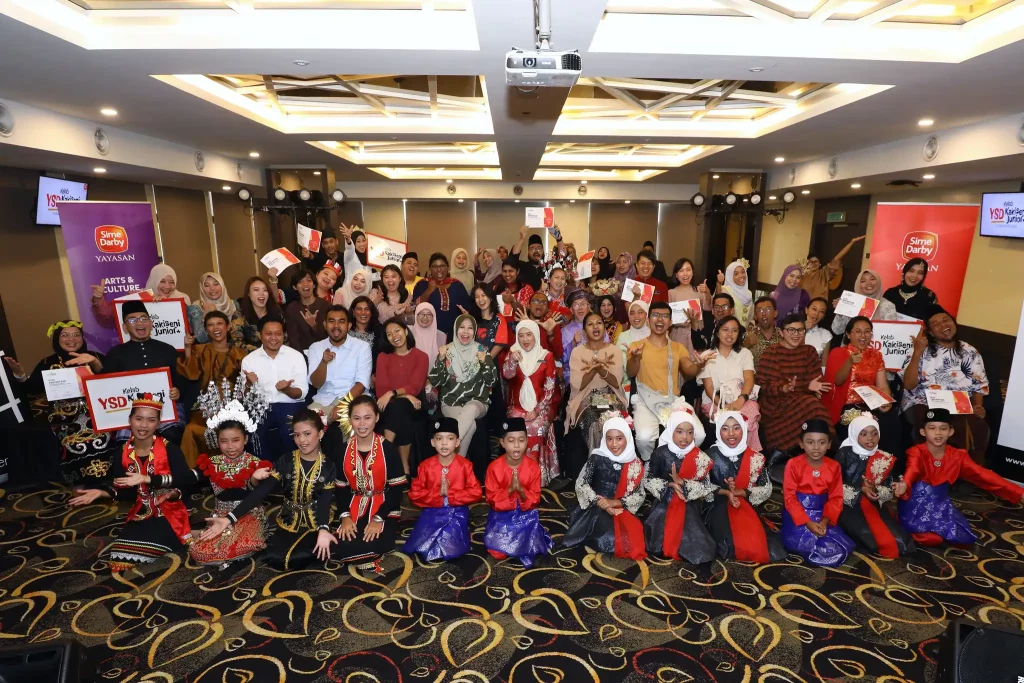
Through Kelab YSD-Kakiseni Junior, that vision is being realised. The programme has built a self-sustaining ecosystem of 90 teachers and 48 artists, that had supported 1,354 students, supported by Yayasan Sime Darby’s sponsorship amounting to RM1.72 million and a Belanjawan 2025 matching grant from the Ministry of Finance. Teachers themselves have seen a shift in their teaching methods—becoming more open, creative, and student-centred.
The impact extends well beyond artistic skills. Students are now more confident, empathetic, and willing to take initiative in school life. In response to the growing demand for creativity and critical thinking, the programme also introduced Hari Seni untuk Semua (Arts Day for All)—Malaysia’s first national day dedicated to celebrating arts in schools through performances, exhibitions, and workshops.

“YSD’s long-term support has enabled us to reach rural and underserved schools that would never have had access to quality arts education. When professional artists become part of the school ecosystem, creativity becomes a daily language.”
Low Ngai Yuen
President of Persatuan Kakiseni
Looking ahead, Kelab YSD-Kakiseni Junior aims to reach 14,000 students across 140 schools by 2025, ensuring sustainability through free online resources and the Educators Network. Through this partnership, Malaysia is writing a new chapter in education—one where every child can discover their creative voice and contribute to the nation’s cultural tapestry.

We are fostering a new generation with soft skills and critical thinking that values creativity and cultural identity.”
Dr. Hjh Yatela Zainal Abidin
CEO of Yayasan Sime Darby

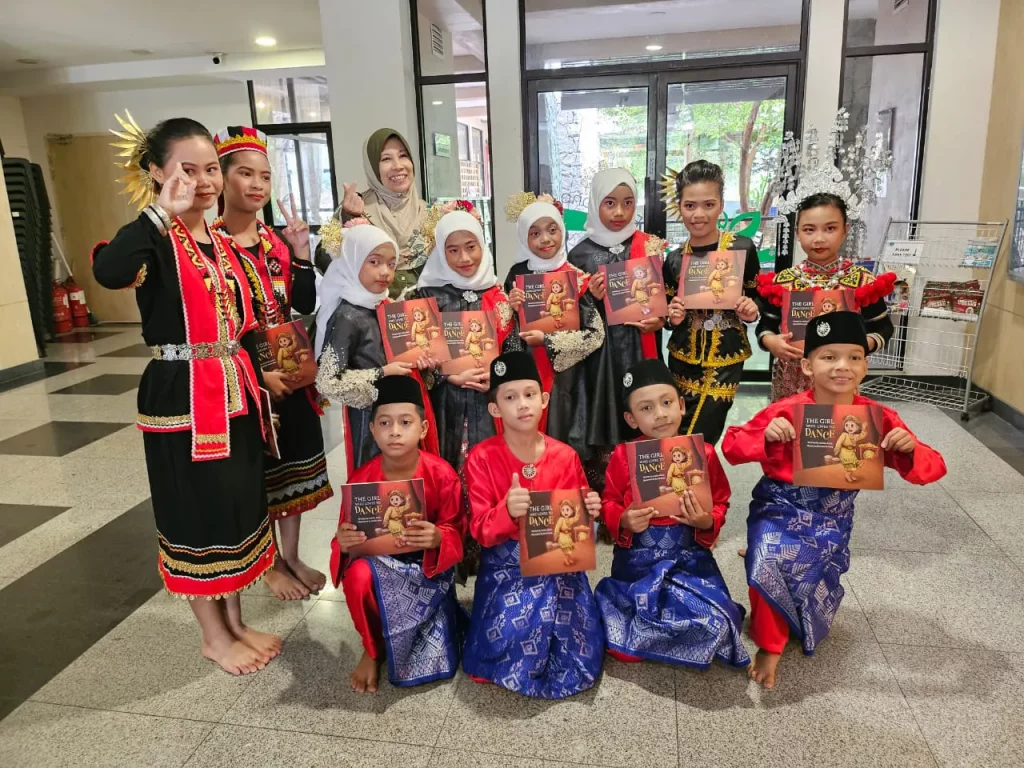
RM1.72 million
invested over four years in arts education
1,354 students
reached, including from B40 communities
45
schools engaged across all states in Malaysia
480
students in 2025 cohort from 16 schools (exceeds 450 target)
Malaysia's first Hari Seni untuk Semua
(Arts Day for All) introduced nationwide
90 teachers and 48 artists
trained and supported
